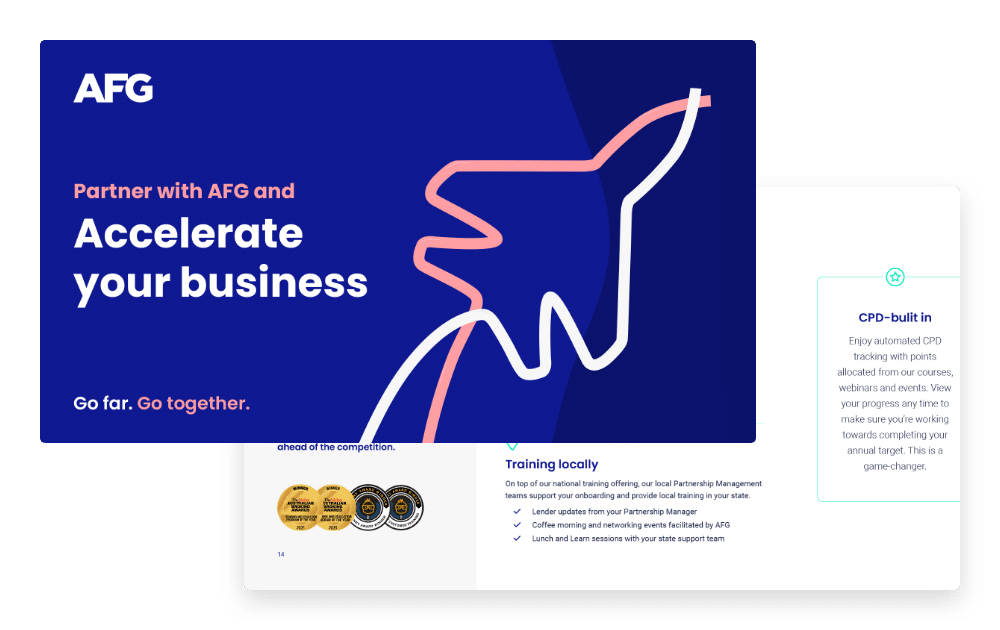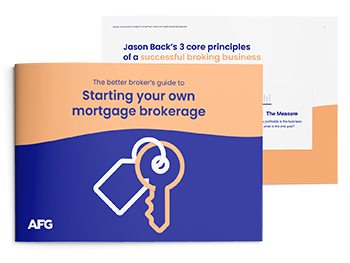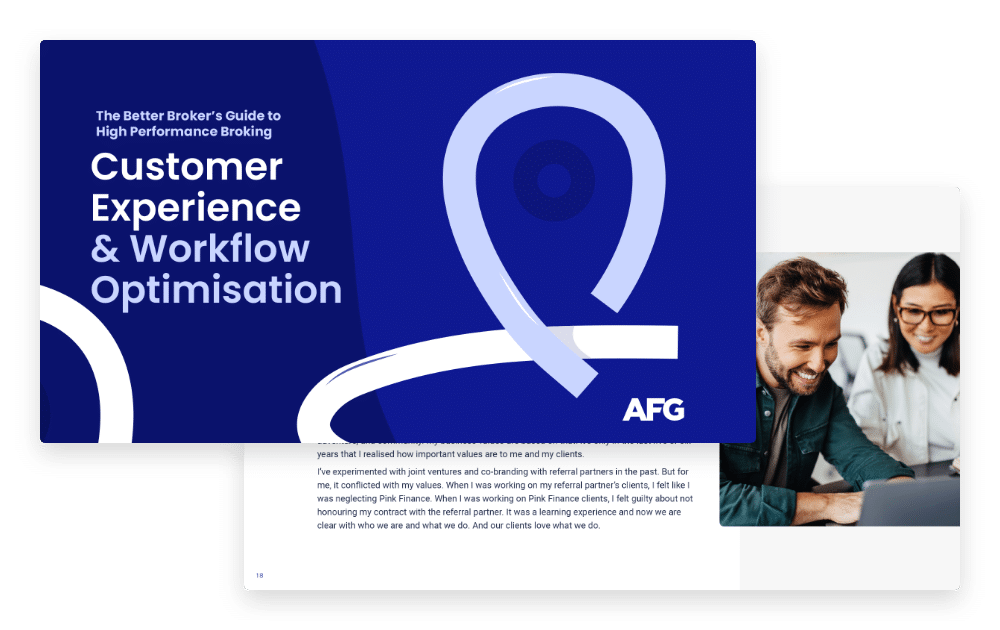Having a great website is imperative in terms of both connecting with your existing customers and attracting new ones to your door. When customers research home loans these days, it’s more than likely they will be researching online, and if your website looks unprofessional and hard to use, customers will assume you are too.
When it comes to your business website, here are a few pointers from us to ensure you’re on the right track in terms of great web design.
Why is good design so important?
There are easier options to build a website these days, but it’s important to find someone who can lay the right foundations with a great design too. Why? Because a great website means you have the professional online presence that is so critical to success, and that you aren’t investing hard earned dollars in something that is going to do more harm than good.
Just think about a site you’ve visited lately and how frustrating it is if you can’t find the information you need, things take too long to load, content is out of date or poorly written, or fonts are hard to read. Consumers are so sophisticated these days when it comes to online research and their patience is low — if your site doesn’t deliver within the first few seconds they will start looking elsewhere. With more and more people looking at websites on their devices such as smartphones, having a site that is mobile friendly is critical, so keep this in mind at every turn.
So, our top web tips are:
Keep it simple
This applies to content, layout and navigation. People have short attention spans, especially when surfing the web. And according to eye tracking studies, users fixate longer on bulleted lists and text formatting (such as bolding and italics).
With regard to content, make sure you:
- Highlight keywords
- Use bullet points
- Be concise, cut out unnecessary ‘fluff’ words
- Use easy-to-understand short, common words and phrases, and don’t use industry acronyms without explaining what they stand for
- Start with the summary and then drill down to the detail
- Avoid long paragraphs and sentences
- Design a clear and simple navigation system
- Proofread for grammar and spelling — check and check again
According to web usability guru Jakob Nielsen, a good navigation system should answer three questions: Where am I? Where have I been? Where can I go?
To achieve this:
- Be consistent – the navigation system should be in the same place on every page and have the same format
- Add a text-based site map.
- Ensure your logo links to the homepage wherever it appears on your site
- Include a site search box
Use images strategically
Photos, charts, and graphs are worth a thousand words. Using visuals effectively can enhance readability when they replace or reinforce long blocks of textual content.
Another eye-tracking study reported a 34% increase in memory retention when unnecessary images were removed in conjunction with other content revisions.
What you can do:
- Make sure images you use aid or support textual content
- Make sure you have the rights/consent to use any images or logos that appear on your site
- Make sure your images aren’t enormous as they will take too long to download
Support your brand
A good brand creates or reinforces a user’s impression of the site. When your site is strongly branded, that means that visitors will think of you first when they go shopping for your product or service.
Branding on a website takes time, effort, and close attention to page design and layout.
What you can do:
- Keep colours and typefaces consistent. Choose your colours and fonts carefully and use them consistently throughout the site.
- Keep page layout consistent. Use a website template to enforce a uniform page structure.
- Create a good tagline and use it on every page. A good tagline makes your site stand out from competing sites. It should be memorable and reinforce your brand in one quick phrase.
- Make contact info easy to find. It should be on every page
Group all corporate information in one spot
Good corporate information is especially important if the site hopes to support recruiting, investor relations, or PR, but it can also serve to increase a new or lesser-known company’s credibility. An “About Us” section is the best way to link users to more in-depth information.
Ensure your email address can be clicked on to instantly generate an email to you, and likewise with your phone number, ensure that when viewed on mobile devices your phone number is set as ‘click to call’.
Information, information
List FAQ on your site and provide great answers to each of them. This will help validate you as the expert in your field and also help customers feel empowered before they come and see you. It also helps with efficiencies at your end as consumers come to you well armed with the information they need and you’re both not wasting any time.
Remember who you’re talking to as well and try and add value. If the two key market segments you specialise in are accounting and taxation, speak in a language they understand and relate to. Give them the information they perhaps wouldn’t have access to elsewhere and offer them something that the next guy online isn’t prepared to do.
Validate why using you, and why using your product or service is the smart way to go
Never assume your clients really understand the benefits of using you or your product or service and reinforcing the benefits to them is a smart way to ensure existing clients stay with you and potential clients aren’t lured away by competitors.
Make sure your site can be seen
Ensure your site is able to be viewed easily on mobile devices such as smartphones and tablets and make sure your copy (text) is easily able to be printed as some consumers will still prefer reading the information in hard copy and will press print. And, less is more when it comes to good design and don’t use background images that will make legibility an issue.
Take your ‘professional hat’ off for just a minute
Always place yourself in your client’s shoes and try and look at the site as objectively as you can. If you find this hard, then ask someone without much knowledge when it comes to your industry, product or service, to sit next to you and watch them navigate through the site. Does it answer their key questions, does it fulfil their expectations or needs? Does it make sense and does it encourage them to take the next steps and make contact?
Legalities
Ensure your site ticks all the boxes when it comes to the legalities of your industry and within Australia. From ensuring you have privacy covered, to displaying licences and disclaimers, it’s best to seek the right advice on what you need to include on your website, particularly when making claims, advertising products and services, representing a company and collecting customers’ information.









